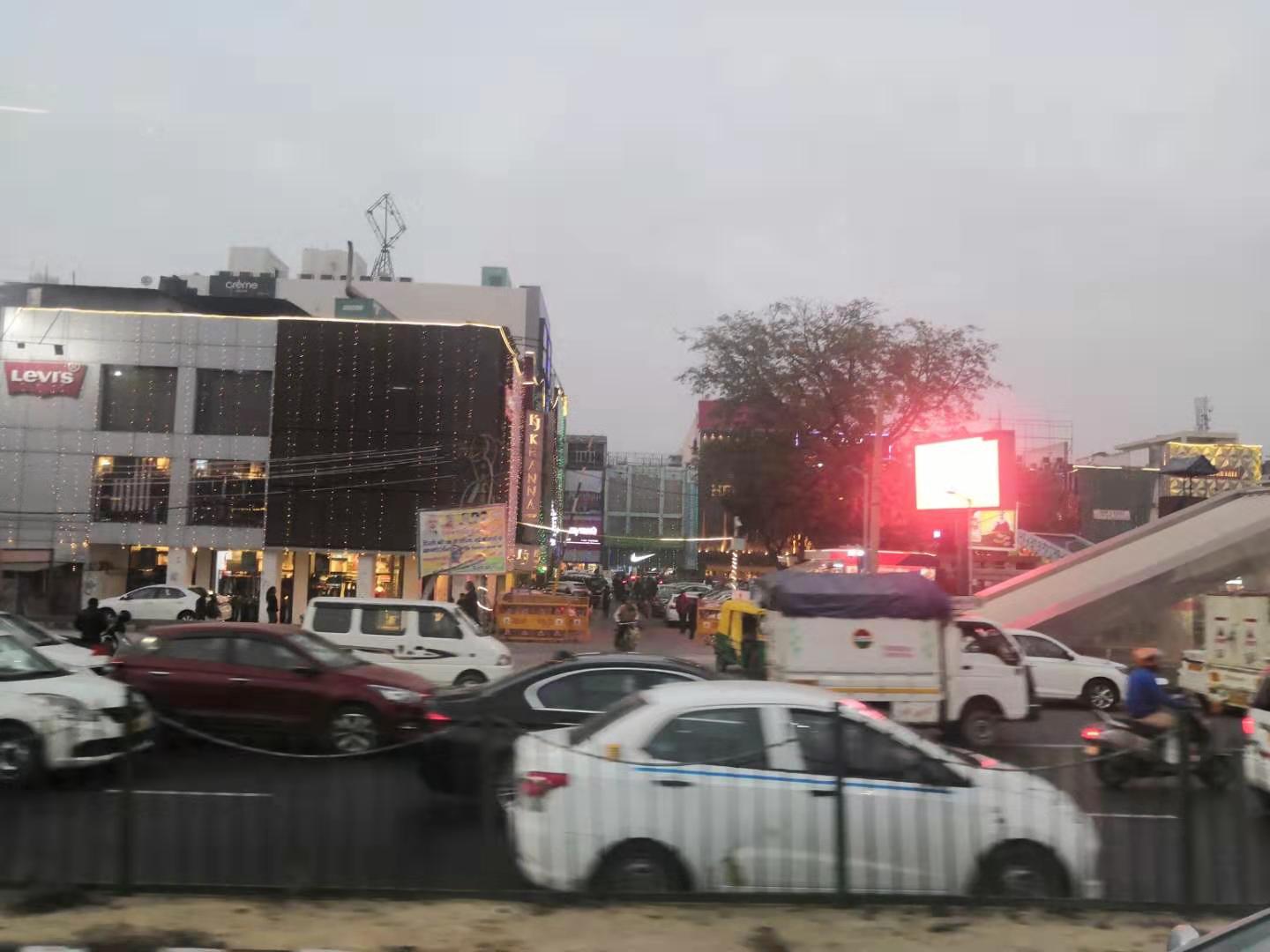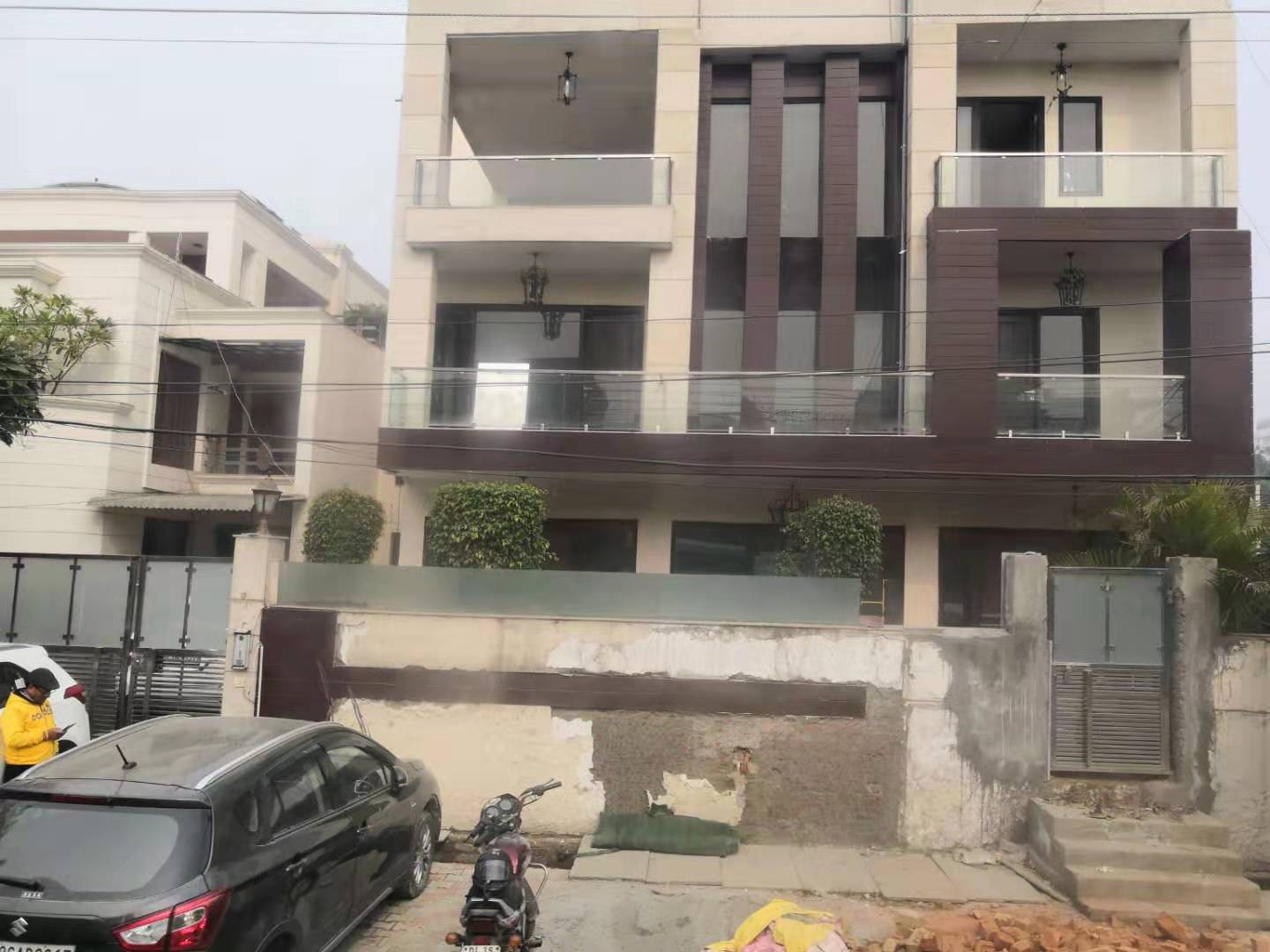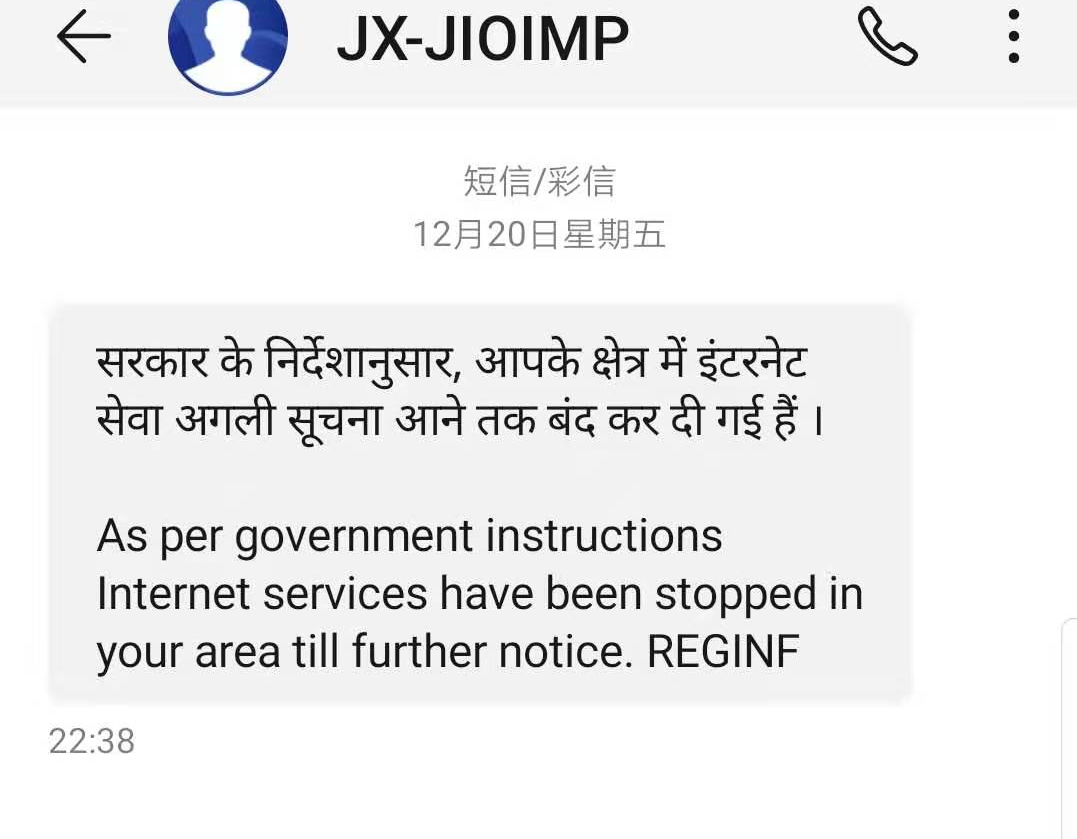The more lucrative domestic market is the home base of manufacturers and the key to survive.
Wen | Yuan Silai
Edit | Su Jianxun
After 24 hours of network disconnection, I finally contacted the world again. It is also at this moment that I feel the complexity of Indian society.
In the past, many people thought that India seemed to be a gold mine.
In terms of smart phones, India, with a population of more than a billion people, has already become the second battlefield. OV and Xiaomi are in full swing in India, and their combined share has accounted for half of the smart phones. India’s demographic dividend is inexhaustible even if per capita income is poor. Xiaomi, which was ranked first, began to make profits in 2016, and its net profit for that year reached 170 million yuan, accounting for nearly one-third of the total profit.
Chinese manufacturers are throwing money like water. OV two spent Rs 35.4 crore (about 3.5 billion yuan) in 2017 to sponsor Indian sports events, accounting for Half of all sports sponsorship.
Except for mobile phone manufacturers, venture capitalists have long heard of the wind. China’s capital market is in a cold winter, but India is booming. According to data from data analysis company Tracxn, in the first nine months of 2019, funding for startups increased by 25% to $ 10.9 billion. Chinese capital has poured into India, and investors in Morningside, Shunwei, and Qiming Venture Capital have made India their favorite destination. For example, ShareChat, a social networking platform for dialect-like content in India, received a round B financing led by Xiaomi, up to $ 18.2 million.
Some Chinese companies have also succeeded in India. One of the most talked about cases is Tik Tok, the overseas version of Douyin-which already has about 30 million daily activities in India.
But in fact, it is not so easy to come to this continent. This is a world with unlimited potential, but a chaotic and chaotic world. It has created many entrepreneurs and swallowed many people. More people are trapped in it and bet an uncertain future.
India overlap
The slogan of Tourism India is incredible india. There is order in the chaos, and the cards are not played according to reason. There is a fierce impact.

Street of Delhi
Chinese companies are no longer new in India. For Delhi Satellite City Gurgaon, more than 600 Chinese companies, including vivo, have gathered here, and their status is similar to the domestic Shenzhen.
However, Gurgaon has nothing to do with high technology.
Gurgaon Chang The year is covered with severe haze. Under cloudy weather, five-star hotels, shopping malls on the roadside, and tall buildings in the CBD are neat and clean. At the foot of the high-rise building, the dark child ran around and dragged the slippers. The hawker used the washing machine cardboard box as a shelf, and the clothes to be sold were hung on the wall at random. Outside the crumbling grass shed, the woman was wrapped in a tattered headscarf, her thin, dark hands fiddled with a pile of fire, and more than once on the side of the road, she could see a man without a solution.
In the central business district where Chinese companies gather, it doesn’t seem to be much different from Beijing’s Zhongguancun. Per capita income here ranks third in India. The average annual salary is close to 750,000 rupees (about 75,000 yuan). In a country with an average income of 110,000 rupees, this is considered an absolute high salary.
Many domestic entrepreneurs love to call India a “time machine”-business models and technologies are always a few beats slower than domestic ones. But judging by the fact that Gurgaon can be seen everywhere, overlapping with time is more appropriate.

Hawkers doing business by the road

More upscale homes
This overlap is particularly evident in the smartphone market. According to Nipun Marya, director of brand strategy at vivo India, 70% of India’s population is under 35 years old. The young people on the street are almost all big screen smartphones. The logo is either Xiaomi or OV.
Nipun likes to describe India as “black and white.” In a super metropolis like Delhi, young people are not much different from young people in first-tier cities in China. They will use e-commerce. The most important thing when choosing a mobile phone is performance, configuration, and mobile games. But when you get out of big cities, into second- and third-tier cities, even power supply will have great problems, and power will often be cut off. They choose mobile phones to see that the battery is large enough and the battery life is long enough.
After all, according to the data he provided, 60% of people in India still use feature phones, and the wave of replacements is far from here. This overlap has existed since Chinese manufacturers entered India. They bet on India and bet that in the next 10 to 15 years, 700 to 800 million people will switch from feature phones to smartphones.
However, with this overlap, this goal may be difficult to achieve. According to data from this year’s Pew Research Center, India’s smartphone penetration rate is only 24%, and this figure was 17% in 2015-it seems that there is no essential difference. Even more disturbing is that the growth rate of Indian smartphone shipments is still the world’s fastest, but it has begun to slow down compared to last year. Manufacturers are thinking about the era of a smart phone, and now there is only a vague far shadow.
Heavy India
India ’s technology and Internet industry is developing much more slowly than domestically because India is a divided country.
Here are complex religions, languages, and communities, and there are unbreakable barriers.
In terms of religion, in addition to the Hindu religion with the largest number of religions, India also has Islam, Christianity, Sikhism, Buddhism, and so on.
Although the state and religion are separated in India, conflict is still inevitable. On the day I arrived in India, I had a meeting with a friend who worked there. In the middle of the night, he sent a WeChat message to tell me that the Delhi riots and the company informed them that they cannot leave the hotel.
The reason comes from a bill just passed by the Indian Parliament that requires refugees from Afghanistan, Palestine and Bangladesh to apply for Indian citizenship, except for Muslims. After the bill is passed, Muslim refugees will face the fate of deportation or imprisonment. Naturally, they protested against the bill.
Delhi is a country with extremely heavy congestion. By the day of the demonstration, the entire road was leaking. The route that could be reached in one hour took three hours.
In order to prevent Muslims from sharing information, the government simply cut the net. For example, Agra, where the Taj Mahal is located, has always been in an “island” state. Statistics show that since 2014, India has had a total of 357 “network disconnection” cases. For Chinese Internet companies based here,This is naturally not good news.

India disconnects
Peeping the leopard in the tube, this incident can more or less reflect the complexity of Indian society.
Apart from religion, which is not the same as focusing on domestic affairs, Indian local separatism, different languages between states, different taxes, and inconsistent markets make entrepreneurs struggling to cope.
Hindi and English are the official national languages of India. However, 30.3% of the people currently speak Hindi and only about 10% are fluent in English. At the same time, there are 20,000 languages in India, and most people speak their own dialect. When Chinese companies arrived in India, language became the first stumbling block.
In addition to religion and local segregation, companies doing business in India need to adapt to Indian policy changes.
After the new Prime Minister Modi came to power, he vigorously implemented reforms. One of the measures was to make India 2022. He requires that mobile phones must be produced locally in India, otherwise high tariffs will be imposed. Xiaomi, OV and Apple have been forced to build factories in India to train workers from scratch. India does not have a complete manufacturing base in Guangdong, China, and lacks well-trained workers. Usually, manufacturers need to spend a lot of time running in order for Indian workers to catch up with domestic workers in terms of efficiency and yield. It is worth noting that in India, women are not allowed to work night shifts, so all men working in factories are men.
In 18 years, the Indian government has announced a 10% tariff on core smartphone parts. These include printed circuit boards (PCBs), camera modules, and connectors. However, it is difficult to produce standards-compliant outer boxes in India, let alone these precision components. Mobile phone manufacturers can only ask their suppliers to come and build factories in China. During this transition period, core components can still only be imported from China, which will undoubtedly increase a lot of costs.
It is undeniable that India is still the fastest growing region for smartphones in the world. OV and Xiaomi have retreated successively in the domestic market, and India has become a battleground that they have to fight. However, this market is so complicated that race, religion and even political burdens are heavy. At present, although there are a large number of users in India, they are still not quality. According to the Economic Times ” reports that Xiaomi’s revenue in India in 2017-2018 reached 230 billion Rupees, and net profit is only 2.9 billion rupees.
2011 is known as the first year of domestic smart phones. It took less than 5 years for Chinese users to switch from a feature phone to a smart phone. Today, domestic mobile phone manufacturers have entered India for 5 years, but it is clear that in India smart phones have a long time to replace feature phones. The external environment cannot be changed, and domestic manufacturers can only wait in India to trade space for time. The more lucrative domestic market is the home base of manufacturers and the key to survive.
Summary from an investor: “Everyone bets on the future of this country, will the next Alibaba, JD.com, Alipay, Tencent, Vipshop. “ But in such a conflicted and orderly country, this beautiful picture may come in a few years, or it may not be realized.